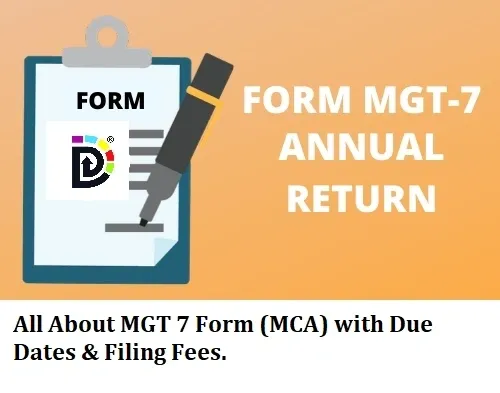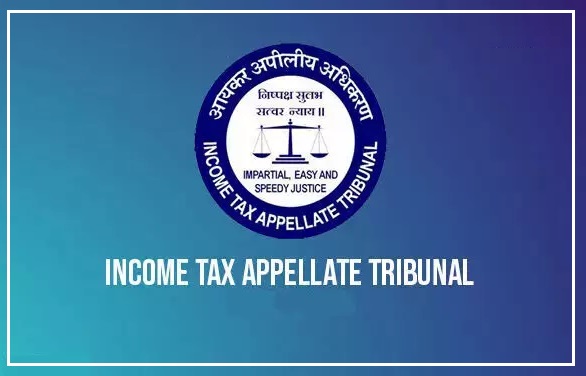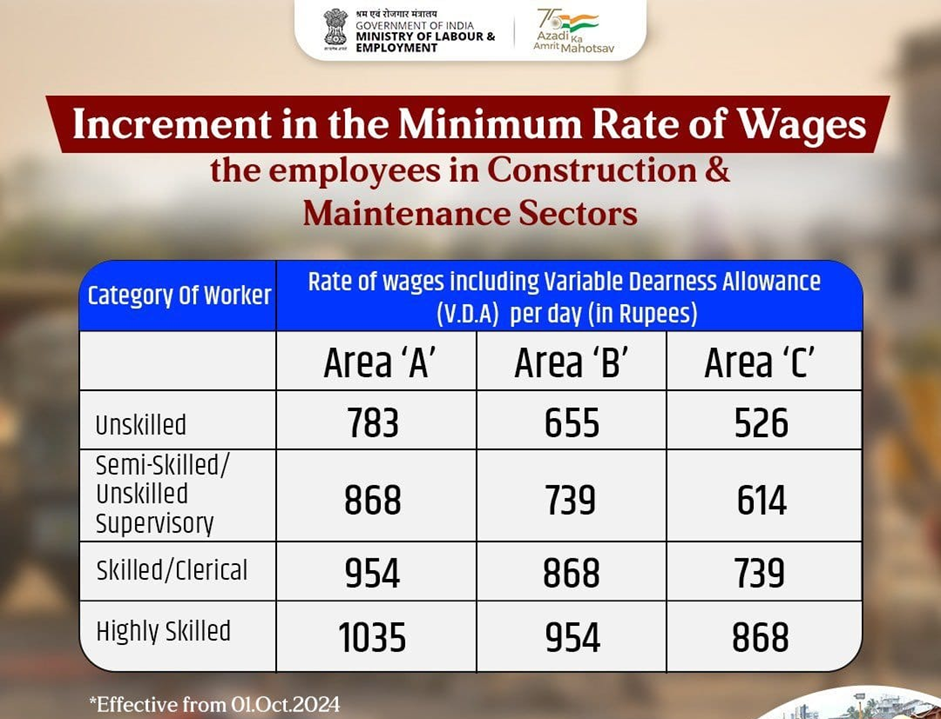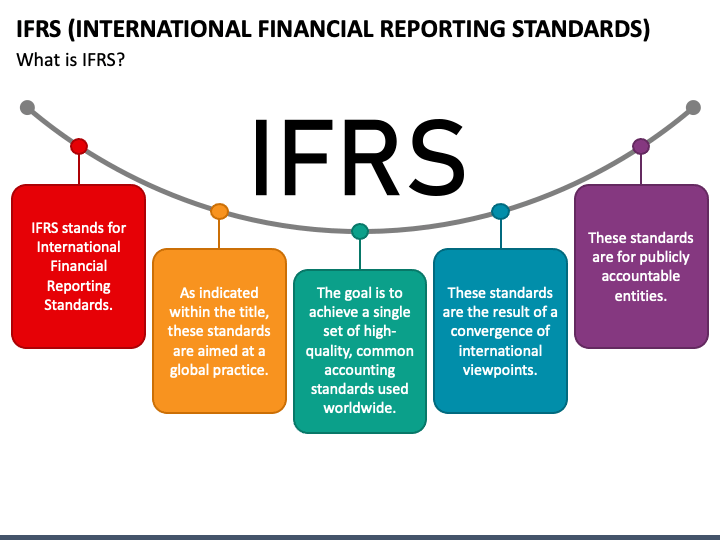GST Rate on Sale of Scrap Materials with HSN Code [2025]
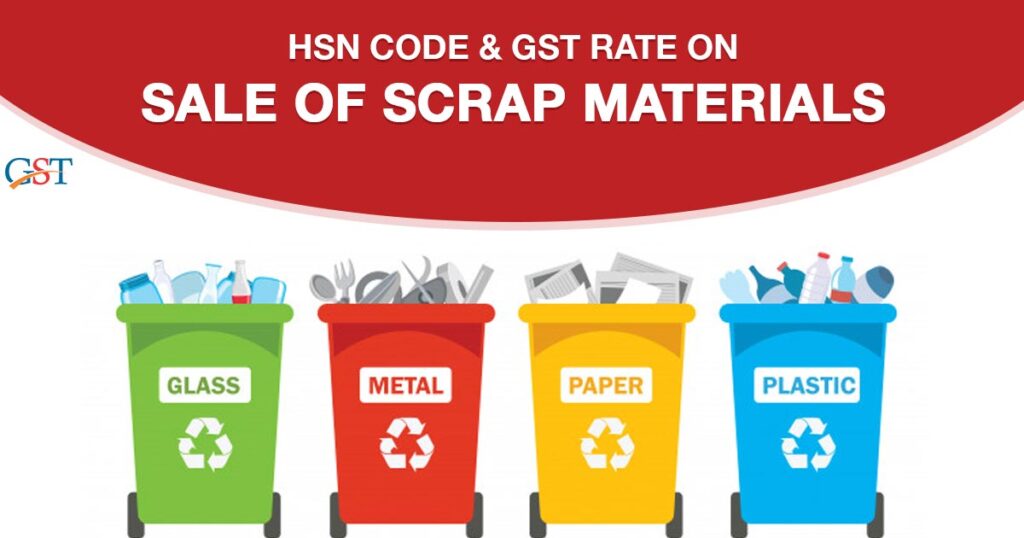
The Goods and Services Tax (GST) system in India has brought a unified tax structure for goods and services, making it easier to manage and implement. Among the various items that fall under the GST purview, scrap materials are crucial for many industries, especially manufacturing, recycling, and waste management. Scrap materials refer to unused or leftover goods that still hold value and are sold for recycling or reuse.
This article delves into the GST rates on the sale of scrap materials and the HSN codes applicable to different types of scrap materials as per the latest updates in 2025. We’ll also provide insights into how GST is calculated for scrap, the importance of HSN codes, and other vital aspects of compliance.
What Are Scrap Materials?
Contents
- What Are Scrap Materials?
- GST Rate on Sale of Scrap Materials (2025)
- Understanding HSN Codes for Scrap Materials
- How GST is Calculated on Scrap Sales
- Documentation Required for GST on Scrap Sales
- Exemptions and Special Cases in Scrap Sales
- GST Compliance and Scrap Materials: Why It Matters
- Need Help with GST Compliance for Scrap Sales?
- Conclusion
Scrap materials refer to the residual materials generated during the manufacturing process or after the consumption of goods. These materials can range from metal scraps, plastic waste, rubber scraps, and paper waste, to textiles and wood. While these materials might not have their original value, they are recyclable or reusable, making them essential in industries focused on sustainability and cost-efficiency.
GST Rate on Sale of Scrap Materials (2025)
The GST rates applicable to scrap materials vary based on the type of material. Each type of scrap has a specific HSN code (Harmonized System of Nomenclature), which standardizes and classifies products for taxation purposes. Here are the GST rates on the sale of different scrap materials as of 2025:
| Type of Scrap Material | HSN Code | GST Rate |
|---|---|---|
| Metal scrap (iron, steel, copper) | 7204 | 18% |
| Aluminum scrap | 7602 | 18% |
| Plastic scrap | 3915 | 18% |
| Rubber scrap | 4004 | 18% |
| Paper waste & scrap | 4707 | 5% |
| Glass scrap | 7001 | 18% |
| Electronic waste (e-waste) | 8549 | 18% |
| Textile waste & scrap | 6310 | 5% |
| Wood scrap | 4401 | 5% |
| Used battery scrap | 8548 | 18% |
As you can see, the GST rate for most scrap materials like metals, plastics, rubber, and e-waste is 18%, while for paper, textiles, and wood, the rate is 5%.
Why Are GST Rates Different for Scrap Materials?
The GST rates are based on the type of material, its demand in the recycling industry, and its environmental impact. Materials like paper, wood, and textiles, which are more biodegradable and easier to recycle, are taxed at a lower rate to encourage their reuse. On the other hand, materials like plastics, metals, and electronic waste have a higher environmental impact and therefore carry a higher GST rate.
Understanding HSN Codes for Scrap Materials
The HSN (Harmonized System of Nomenclature) code is a standardized system of classifying goods globally, facilitating taxation and trade. Each product or material is assigned an HSN code that helps identify the tax slab it belongs to, including scrap materials. It’s important for businesses to use the correct HSN codes while filing GST returns to avoid penalties or errors.
Here’s how the HSN codes for scrap materials work:
- Metal Scraps: The HSN code 7204 applies to various metal scraps like iron, steel, and copper, all of which are subject to 18% GST.
- Plastic Scrap: The HSN code 3915 applies to plastic waste and scrap, which is taxed at 18%.
- Rubber Scrap: The HSN code 4004 is used for rubber waste and scrap, subject to 18% GST.
- Paper and Textile Scrap: Classified under HSN codes 4707 and 6310 respectively, both are taxed at 5% to encourage recycling.
- E-Waste: For electronic waste, HSN code 8549 is used, with an 18% GST rate due to the environmental hazards associated with e-waste.
Importance of Correct HSN Codes
Using the right HSN code ensures:
- Correct Taxation: It ensures that you are applying the correct GST rate for the sale of scrap materials.
- Compliance: Misclassification of HSN codes can lead to penalties or incorrect GST filing, which can affect your business compliance.
- Transparency: It provides clarity and standardization, ensuring smooth trade and transactions.
How GST is Calculated on Scrap Sales
GST is calculated on the sale value of scrap materials. For instance, if you sell metal scrap worth ₹1,00,000, and the GST rate is 18%, then the GST payable would be:
GST Amount = 1,00,000 × 18% = ₹18,000
Therefore, the total payable amount would be:
Total Payable = ₹1,00,000 + ₹18,000 = ₹1,18,000
Similarly, if you sell paper scrap worth ₹50,000 at a 5% GST rate, the GST payable would be:
GST Amount = 50,000 × 5% = ₹2,500
Hence, the total payable amount would be:
Total Payable = ₹50,000 + ₹2,500 = ₹52,500
Documentation Required for GST on Scrap Sales
To ensure compliance when selling scrap materials under GST, the following documentation is typically required:
- GST Invoice: Ensure that a GST-compliant invoice with correct HSN codes accompanies each sale of scrap materials.
- Input Tax Credit (ITC): If applicable, maintain records of any input tax credit (ITC) claimed on purchases related to scrap sales.
- GST Returns: Accurately report all scrap sales in your monthly or quarterly GST returns, ensuring HSN codes and tax rates are correctly mentioned.
Exemptions and Special Cases in Scrap Sales
Not all scrap sales attract GST. Certain types of waste or by-products might fall under exemption categories depending on their use and classification. For instance:
- Agricultural waste such as paddy husk and wheat bran might be exempted.
- Municipal waste or specific hazardous waste could have different taxation structures depending on government regulations.
It is essential to keep updated with the latest notifications issued by the GST Council regarding any exemptions or changes in GST rates for scrap materials.
GST Compliance and Scrap Materials: Why It Matters
Being GST-compliant when dealing with scrap materials is crucial for several reasons:
- Prevents Penalties: Accurate filing and correct usage of HSN codes prevent penalties from tax authorities.
- Enhances Business Credibility: Proper GST compliance helps maintain your business’s credibility, especially in industries dealing with large volumes of scrap.
- Smooth Operations: Ensuring that all paperwork is accurate and GST is filed correctly keeps your business operations smooth and hassle-free.
Need Help with GST Compliance for Scrap Sales?
Managing GST on scrap sales can be complex due to varying rates, HSN codes, and compliance requirements. Whether you’re selling metal, plastic, or paper scrap, FileWithCA is here to assist you with all your accounting and compliance needs.
Contact us today to ensure your GST filings are accurate and compliant:
📞 +91-9814272227
🌐 www.filewithca.com
✉️ info@filewithca.com
Conclusion
The sale of scrap materials involves careful consideration of GST rates and HSN codes. Understanding the correct classification and applying the appropriate GST rate is crucial for staying compliant. Whether you are dealing in metal scrap, plastics, or paper, being aware of the latest GST rates in 2025 will help you avoid penalties and maintain smooth operations. Always ensure accurate filing and compliance to keep your business running efficiently.
For any questions related to GST on scrap materials, feel free to reach out to FileWithCA, your trusted partner for accounting and compliance services.


